60-Core Sapphire Rapids CPUs Fall Behind EPYC CPUs In Leaked V-Ray Benchmarks (Updated)
New benchmark results of Intel's Sapphire Rapids engineering samples leaked.
UPDATE 9/15 07:30 ET: Due to a misunderstanding of the context, we incorrectly said that the 52-core Xeon Platinum 8472C featured 64GB of on-package HBM2E memory. In a Twitter post @Yuuki_AnS said that none of the Sapphire Rapids processors in his leaked test results carried HBM2e memory. We have removed mentions of the 64GB of on-package HBM2E DRAM and corrected our comments.
Corrected Story
A well-known blogger has shared perhaps the first performance numbers of Intel’s upcoming Xeon Platinum Sapphire Rapids processors with 52 and 60 cores in the V-Ray benchmark. Apparently, neither a 60-core Intel CPU nor the 52-core Xeon CPU working at high frequencies can beat AMD’s high-end EPYCs available today.
Some of Intel's customers already get PRQ versions of select 4th Generation Xeon Scalable Sapphire Rapids processors. Still, the launch of high-volume models has suffered a delay to late 2022, with a full-scale ramp now scheduled for 2023 as the company had to correct certain bugs in silicon and then re-qualify those CPUs with partners. Intel keeps specifications of its upcoming products under wraps. Since there are many Sapphire Rapids processors in the wild already, not only do we know some of their alleged specifications, but their performance numbers have surfaced ahead of launch.
YuuKi_AnS, a prominent hardware leaker with a good track record and access to unreleased hardware, has laid his hands on Intel's 60-core Xeon Platinum 8490H CPU and a 52-core Xeon Platinum 8472C processor. The hardware blogger not only disclosed the specifications of the said products but also published their benchmark result. All the information is proven by screenshots (see the gallery below), so everything looks somewhat credible, while there may be some bumps. Meanwhile, since we are dealing with pre-production hardware, take the results with a grain of salt.
| Header Cell - Column 0 | Cores/Threads | Cache L2+L3 | Frequency | TDP - PBP - MTP |
|---|---|---|---|---|
| Xeon Platinum 8472C* | 52/112 | 112MB + 97.5MB | 2.50 GHz – 3.80 GHz | 350W – 420W – 764W |
| Xeon Platinum 8490H* | 60/120 | 120MB + 112.5MB | 1.90 GHz – 3.50 GHz | 350W – 420W – 764W |
*Specifications are unconfirmed.
Last spring, Intel only planned to release Sapphire Rapids CPUs with up to 56 cores, but now the company is testing 60-core Xeon Platinum 8490H processors running at 1.90 GHz – 3.50 GHz. Furthermore, the company looks to be testing 52-core Xeon Platinum 8472C CPUs running at considerably higher 2.50 GHz – 3.80 GHz.
Get Tom's Hardware's best news and in-depth reviews, straight to your inbox.
| Header Cell - Column 0 | CPU-Z Single-Thread | CPU-Z Multi-Thread |
|---|---|---|
| Xeon Platinum 8472C | 542.5 | 31,954.3 |
| Xeon Platinum 8490H | 508 | 32,747.6 |
Due to higher frequency, Intel's Xeon Platinum 8472C offers slightly higher single-thread performance than the company's Xeon Platinum 8490H CPU in the CPU-Z 2.02.0 benchmark. Yet the 60-core model scores marginally higher in multi-threaded workloads.
| Header Cell - Column 0 | Threads and Frequency | V-Ray Score (K samples) |
|---|---|---|
| 2x Xeon Platinum 8472C | 224 @ 2.50 – 3.80 GHz | 95,014 |
| 2x Xeon Platinum 8490H | 240 @ 1.90 – 3.50 GHz | 71,830 |
| 2x AMD EPYC 7773X | 256 @ 2.20 – 3.50 GHz | 102,843 |
| 2x AMD EPYC 7763 | 256 @ 2.45 – 3.50 GHz | 109,248 |
Rendering workloads of Chaos's V-Ray 4.10.03 benchmark can take advantage of both many cores and higher per-core performance (i.e., higher clocks). Apparently, clocks play quite a role here as we can notice based on results of AMD and Intel CPUs. Intel's 52-core Xeon Platinum 8472C is about 32% faster when compared to its 60-core Xeon Platinum 8490H sibling, possibly because the pre-production 60-core CPU cannot hit high clocks for prolonged periods. There could be some issues with BIOS/microcode too as we are not dealing with production hardware.
Interestingly, AMD's EPYC 7773X (Milan-X with 3D V-Cache) does not have any edge over the EPYC 7763 processor, which runs only a tad faster. Nonetheless, both already available CPUs are currently untouchable by Intel's offerings that have yet to come to market.
One thing that YuuKi_AnS pointed out is that new BIOS versions tend to add performance to Intel's Sapphire Rapids CPUs. So, assuming that there will be further microcode optimizations of these processors, production servers and workstations based on these CPUs will offer higher performance than current samples. But until those machines arrive, all we have left is to analyze results obtained on pre-production CPUs.
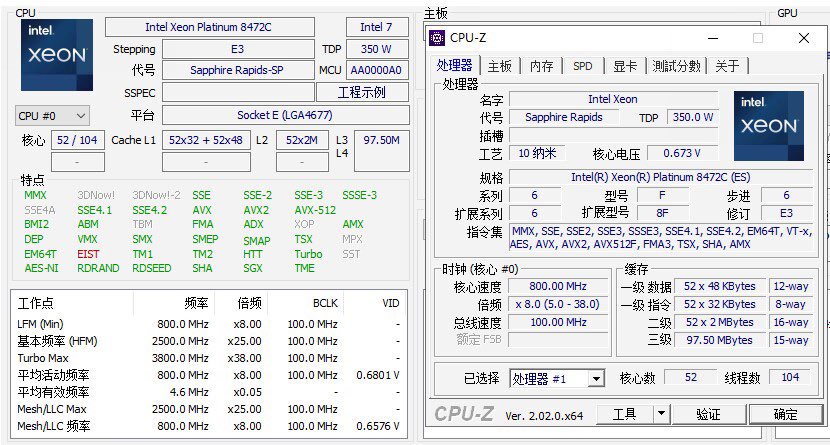
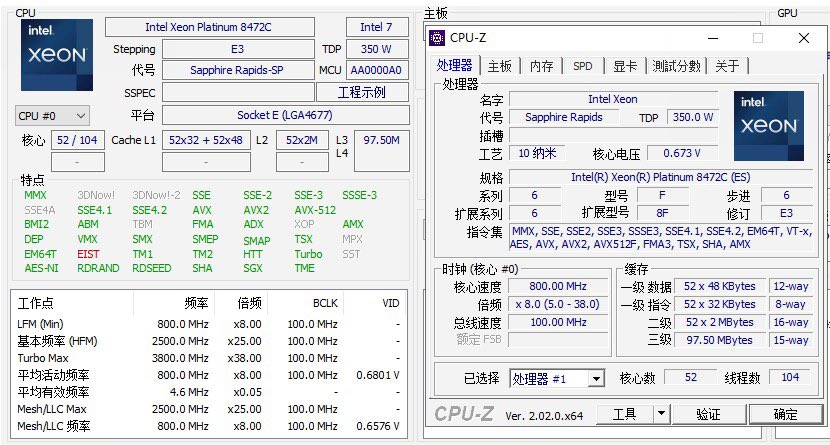

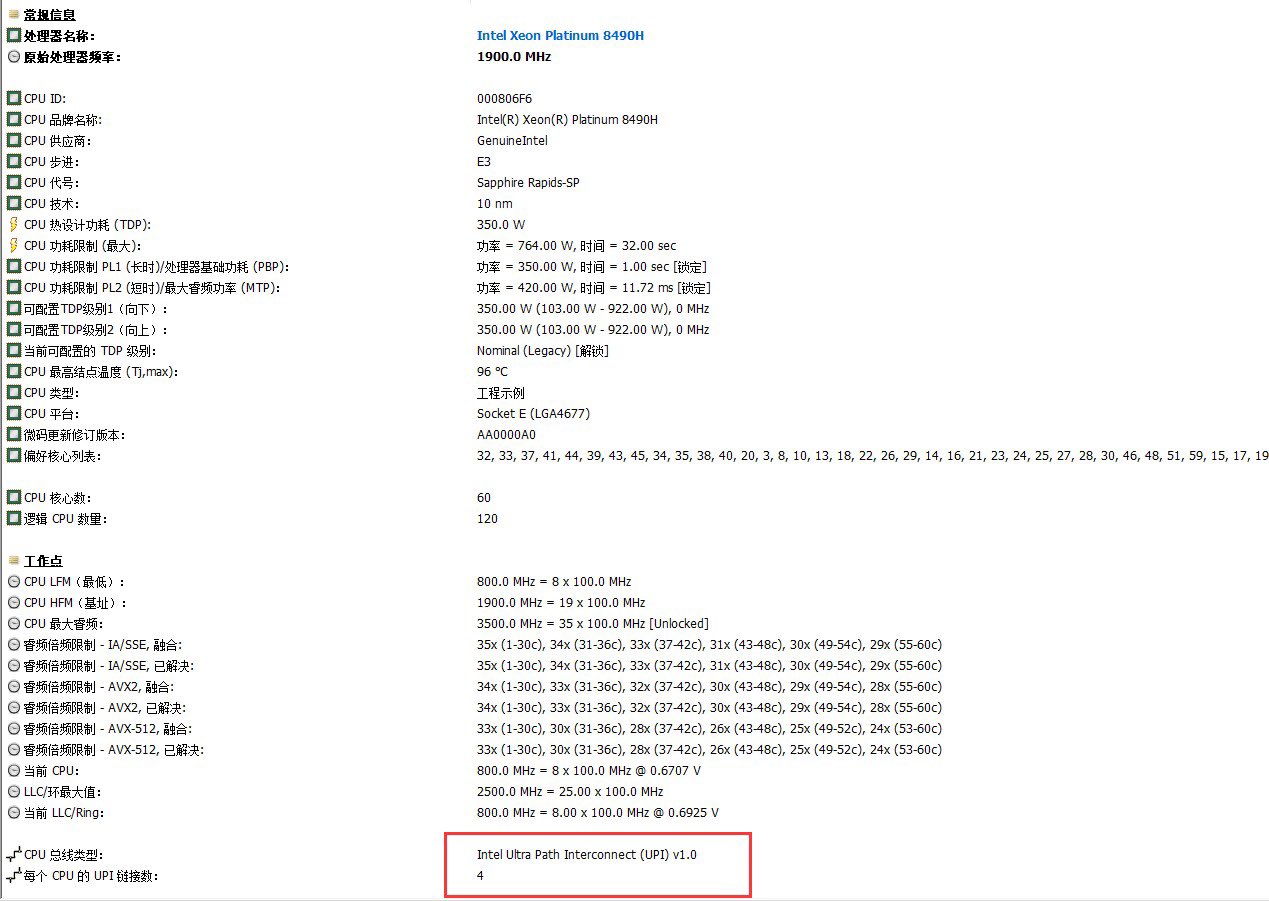
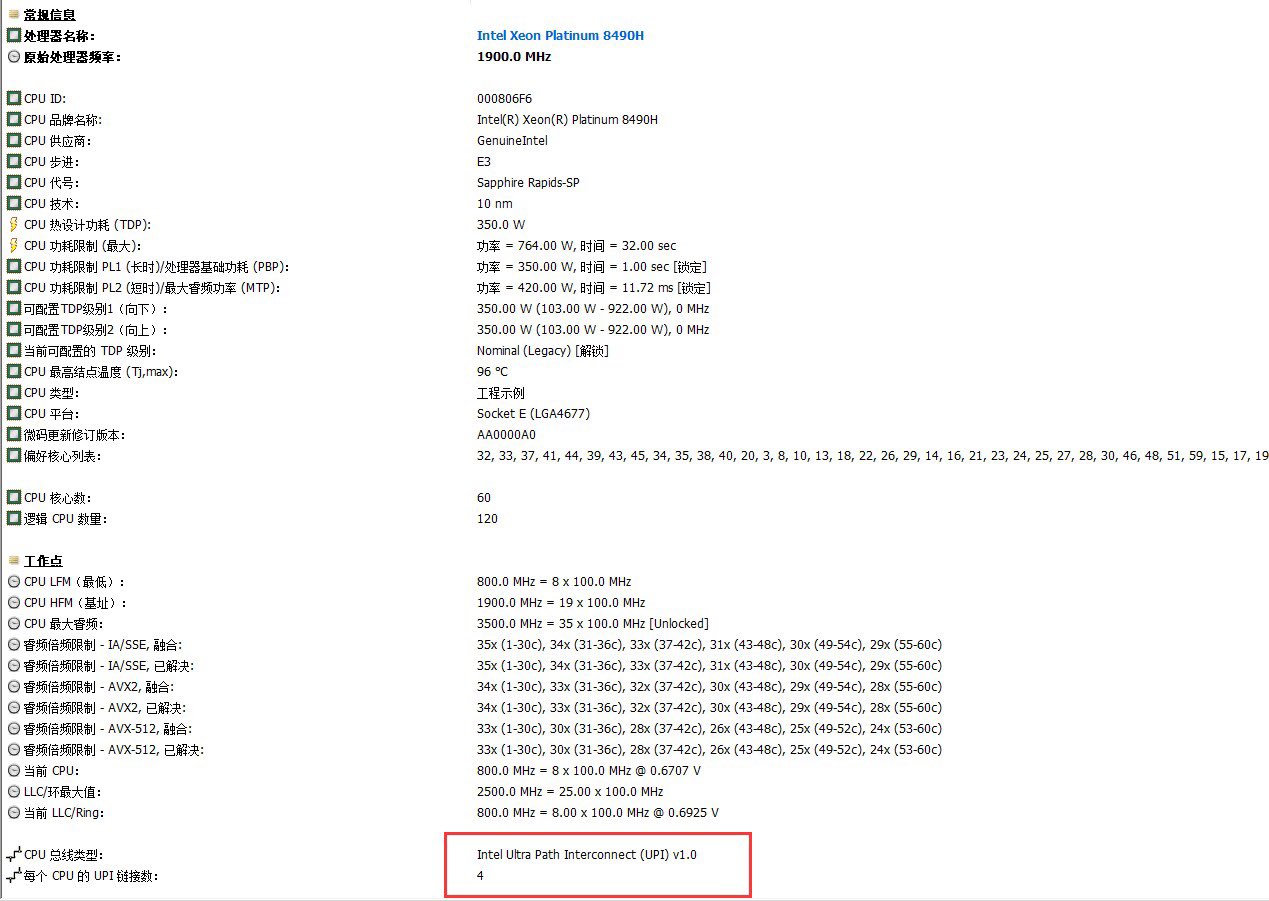
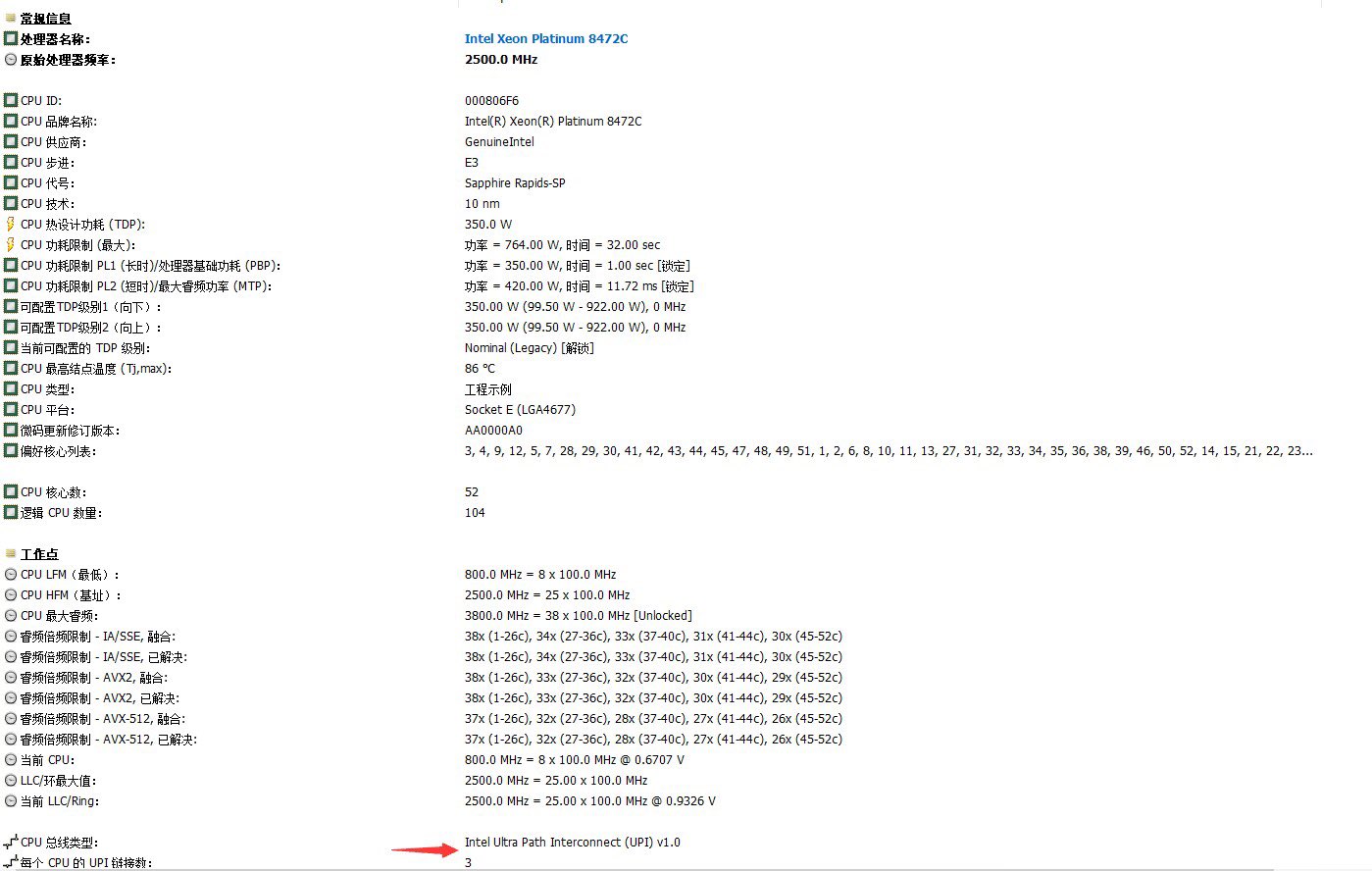
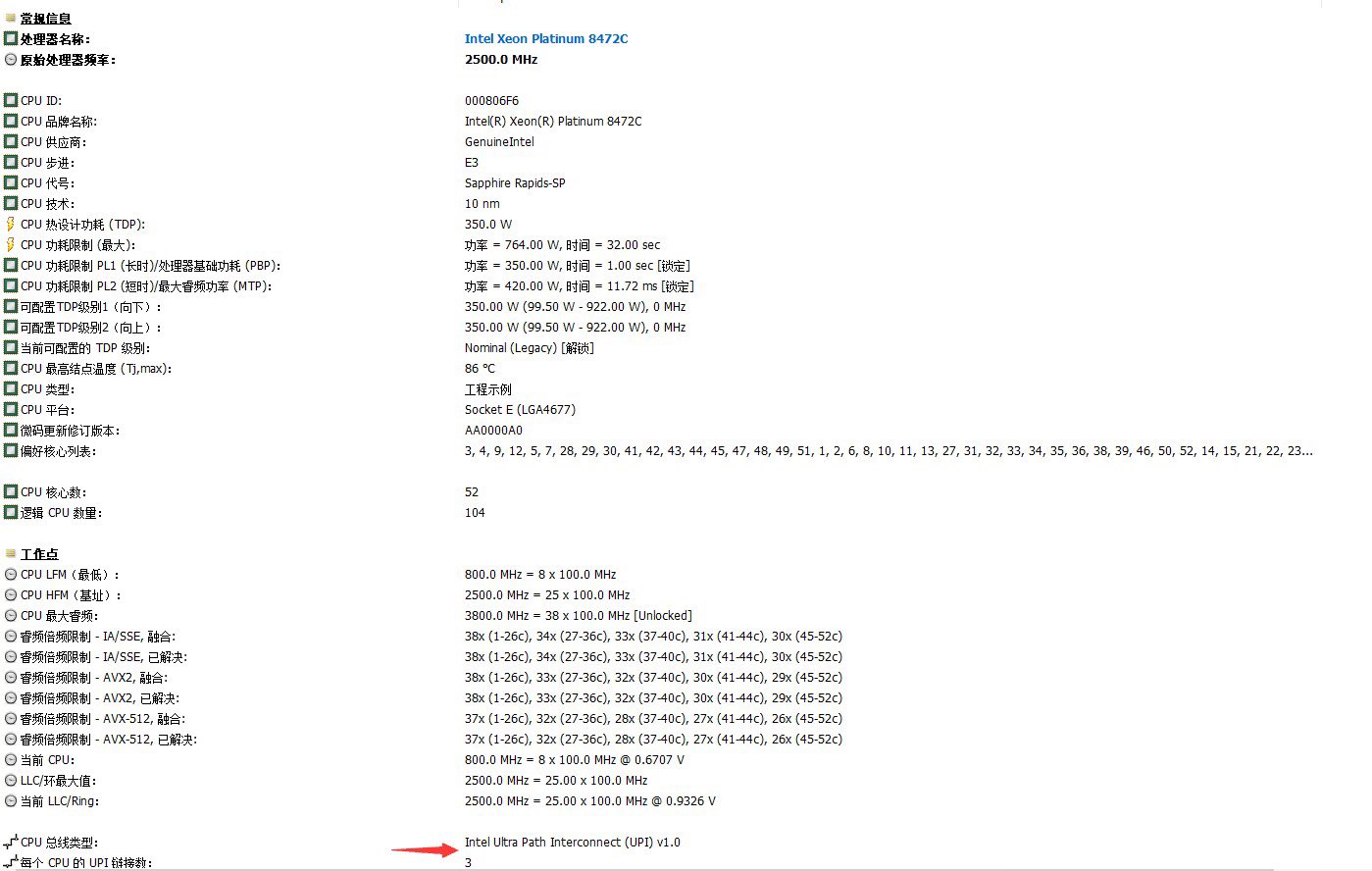
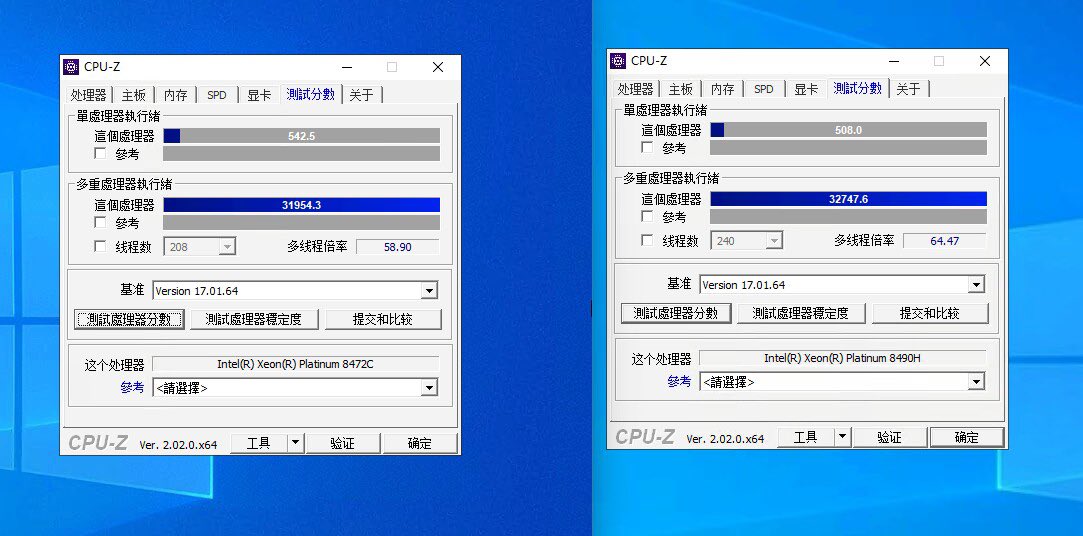
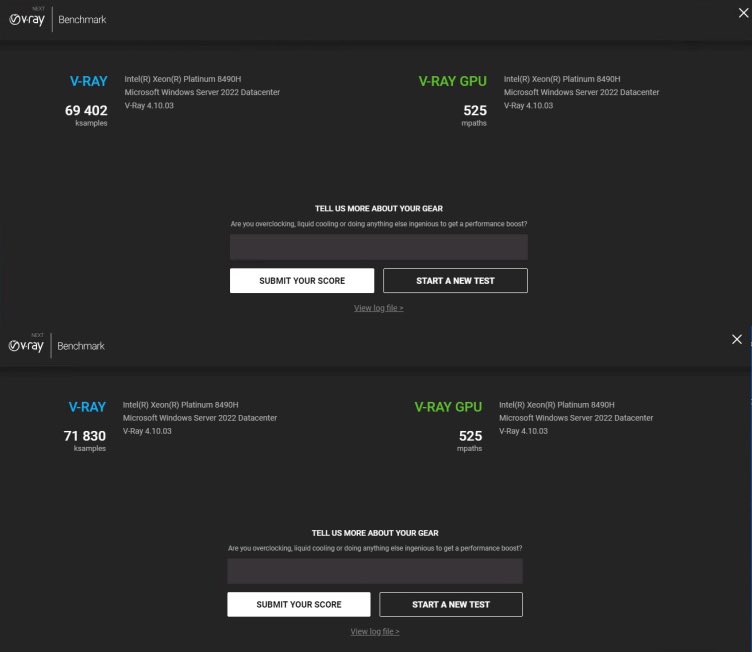



Anton Shilov is a contributing writer at Tom’s Hardware. Over the past couple of decades, he has covered everything from CPUs and GPUs to supercomputers and from modern process technologies and latest fab tools to high-tech industry trends.
-
Lorien Silmaril Intel fans kept saying Intel took back performance crown with ADL but I feel like Intel just pushed power up once again as they have always done.Reply
I find comparisons between ADL and Zen 3 much more telling in power-constrained scenarios such as mobile or data center usage; here performance gaps are much more muted, if non-existent. -
thestryker Isn't V-Ray something Zen 3 already did better than ADL to begin with? While I wouldn't say this is a worthless benchmark the result should be expected given the architectural advantages already known.Reply -
rluker5 Reply
Intel made a new arch. Sapphire Rapids isn't just Skylake with increased clocks. Also Golden Cove cores are fairly thirsty with stress test type parallel loads. Less so with random serial loads, which they are made to do well with. Alder also have E-cores which will come out in sever with Sierra Forest which will aim for high density, high efficiency parallel loads.Lorien Silmaril said:Intel fans kept saying Intel took back performance crown with ADL but I feel like Intel just pushed power up once again as they have always done.
I find comparisons between ADL and Zen 3 much more telling in power-constrained scenarios such as mobile or data center usage; here performance gaps are much more muted, if non-existent. -
drajitsh Intel diamond rapids will bring you breakfast in bed and massage your feet, and walk your dog.Reply
They will be released in H2 2023. They will use socket 99999 and 4000w TDP.
Sorry, delayed to end 2023.
Sorry, delayed to q2 2024
Sorry, delayed to end 2024
Sorry, delayed to
Sorry, sorry, sorry.
Why do I the feeling saphhire rapids was never intended for 2022 launch and was merely announced to decrease AMD sales. -
watzupken Reply
Intel's strategy of winning the performance crown comes at the expense of power, at least I can say this for the recent 3 generations of Intel CPU. For enthusiasts looking for the cutting edge performance, the high power requirement is a non-issue. But you can clearly see this strategy don't work well in the mobile (laptop) and enterprise/ data center space. Where it is power constrained, Zen 3 may lose out in single core performance, but can do well in multi core/ threaded situations. But it boils down to the application.rluker5 said:Intel made a new arch. Sapphire Rapids isn't just Skylake with increased clocks. Also Golden Cove cores are fairly thirsty with stress test type parallel loads. Less so with random serial loads, which they are made to do well with. Alder also have E-cores which will come out in sever with Sierra Forest which will aim for high density, high efficiency parallel loads. -
semitope ReplyLorien Silmaril said:Intel fans kept saying Intel took back performance crown with ADL but I feel like Intel just pushed power up once again as they have always done.
I find comparisons between ADL and Zen 3 much more telling in power-constrained scenarios such as mobile or data center usage; here performance gaps are much more muted, if non-existent.
and now zen 4 pushes the power up. it's the tactic this time around -
cyrusfox Reply
AMD has been able to set their price and their adoption/growth appears to solely be limited by supply. Businesses sticking with Intel are doing so out of custom accelerators/packages or due to stronger supply chain(They can get servers when they need them). Otherwise AMD is taking lots of market share away. Look at earnings, and look at reports of marketshare growth. People believe results not promises.drajitsh said:Why do I the feeling saphhire rapids was never intended for 2022 launch and was merely announced to decrease AMD sales.